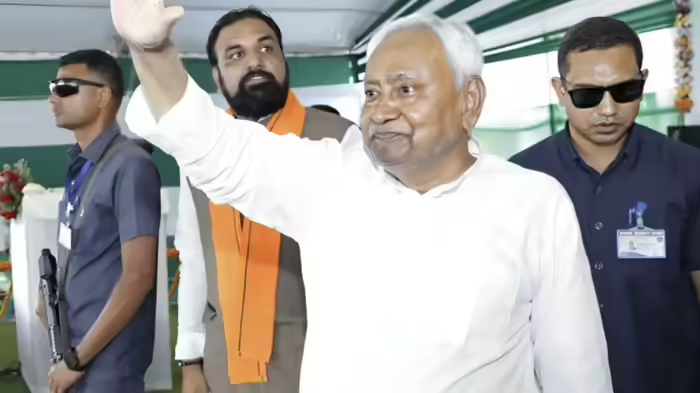
As Nitish Kumar returns to office for a record tenth term as Bihar’s Chief Minister, he carries with him a rare advantage — an intimate understanding of why Bihar continues to lag behind even as the rest of India marches ahead. Nearly 18 years in power have given him clarity about the state’s deepest structural flaws. But understanding alone is no longer enough. This term demands action, transformation, and long-term vision.
Below are the key challenges Nitish Kumar must confront in order to put Bihar firmly on the path of development.
1. Bihar’s Economy: Growth Without Depth
Bihar’s problem is not the lack of growth numbers. Its GSDP often shows impressive jumps.
The real problem is the quality and depth of that growth.
- Bihar’s per capita income is barely one-third of the national average.
- Nearly 75% of families depend on agriculture, yet farming contributes only one-fourth of the state’s total output.
- The service sector is large, but dominated by low-value, low-wage work.
- Manufacturing remains weak and underdeveloped.
This structural imbalance keeps Bihar labelled as “backward,” despite its huge young population and abundant workforce.
2. Welfare Schemes: Popular But Hard to Fund
Cash transfers and quick-relief welfare schemes are politically attractive.
But Bihar faces a harsh financial reality:
- 74% of its total revenue comes from the Centre.
- 42% of its own income is spent on salaries, pensions, and interest payments.
This leaves very little room for actual development spending.
Repeated promises such as giving ₹10,000 annually to women may win votes, but funding them year after year without cutting essential sectors like jobs, schools, power, and skill development becomes almost impossible.
A “double-engine government” cannot mean endless dependence on Delhi.
3. Bihar Needs a Science-Based Development Strategy
Bihar must now move beyond populism to a rational, research-driven economic strategy.
Key steps include:
• Modernizing Agriculture
Not merely celebrating “makhana,” but building value-addition chains, export-oriented processing, and agro-industry clusters.
• Improving Law and Order
Better policing and governance will help attract private investment, something Bihar urgently needs.
• Fighting Corruption
Digitizing government services and protecting projects from corruption can significantly improve execution.
• Using Migrant Workers’ Remittances
Linking remittances to local entrepreneurship can help build small industries.
• Upgrading Skills & Building Urban-Industrial Infrastructure
A young population is an asset only if it is skilled and employed.
4. The Real Test Now: Moving from Shortcuts to Long-Term Planning
Nitish Kumar has political experience, administrative authority, and a renewed mandate.
But the biggest question remains:
Can he shift Bihar away from short-term populist measures toward long-term, execution-based economic development?
The next few years will determine whether Bihar can finally keep pace with the rest of India — or continue to struggle with the same old challenges.
Discover more from SD NEWS agency
Subscribe to get the latest posts sent to your email.